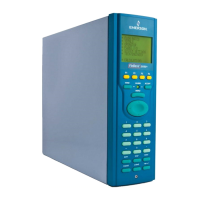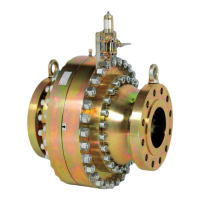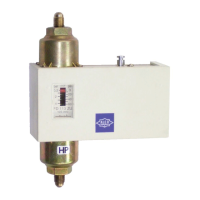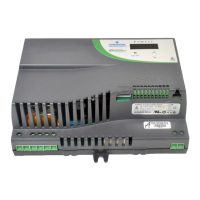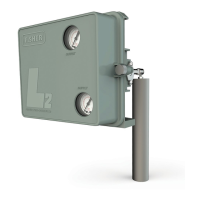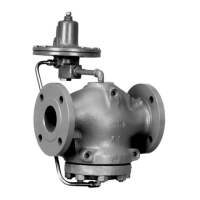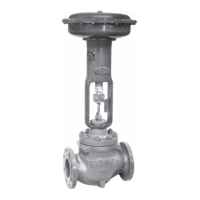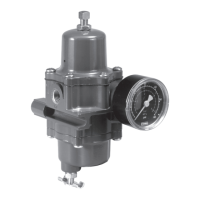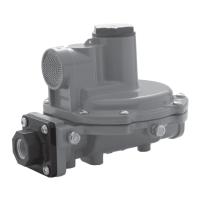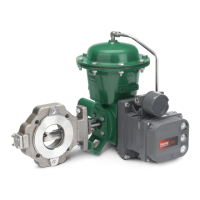FloBoss 107 Instruction Manual
2-6 Installation and Use Revised June-2017
conductor should have a resistance of 1 ohm or less between the FB107
enclosure ground and the earth ground rod or grid.
The recommended cable for I/O signal wiring is an insulated, shielded,
twisted-pair. The twisted pair and the shielding minimize signal errors
caused by EMI (electromagnetic interference), RFI (radio frequency
interference), and transients.
If your company has no specific grounding requirements, install the
FB107 as a floating system (unconnected to ground). Otherwise,
follow your company’s specific grounding practices. However, if you
are making a connection between a grounded device and the FB107’s
EIA-232 (RS-232) port, ground the FB107’s power input by
connecting the PWR– to ground.
The grounding installation method for the FB107 depends on whether the
pipeline has cathodic protection. On pipelines with cathodic protection,
electrically isolate the FB107 from the pipeline.
Use insulating flanges upstream and downstream on the meter run to
achieve electrical isolation. In this case, you can place the FB107 in an
enclosure which is either flange-mounted or saddle-clamp mounted directly
on the meter run and grounded with a ground rod or grid system.
On pipelines without cathodic protection, the pipeline itself may provide
an adequate earth ground. Place the FB107 in an enclosure mounted
directly on the meter run. Test with a ground system tester to make sure
the pipeline-to-earth impedance is less than 2 ohms. If the pipeline
provides an adequate ground, you may not need to install a separate
ground rod or grid system. All grounding should terminate at a single
point.
If the pipeline to earth impedance is greater than 2 ohms, electrically
isolate the FB107 installation and install a ground rod or grid grounding
system.
2.1.6 I/O Wiring Requirements
I/O wiring requirements are site- and application-dependent. Local, state,
and NEC requirements determine the I/O wiring installation methods.
Direct buried cable, conduit and cable, or overhead cable are all options
for I/O wiring installations.
Shielded, twisted-pair cable is recommended for I/O signal wiring. The
twisted-pair minimizes signal errors caused by Electro-Magnetic
Interference (EMI), Radio Frequency Interference (RFI), and transients.
Use insulated, shielded, twisted-pair wiring when using Multi-Variable
Sensor (MVS) signal lines. The terminal block accepts wires up to size 16
to 24 AWG.
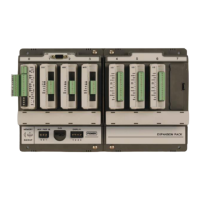
